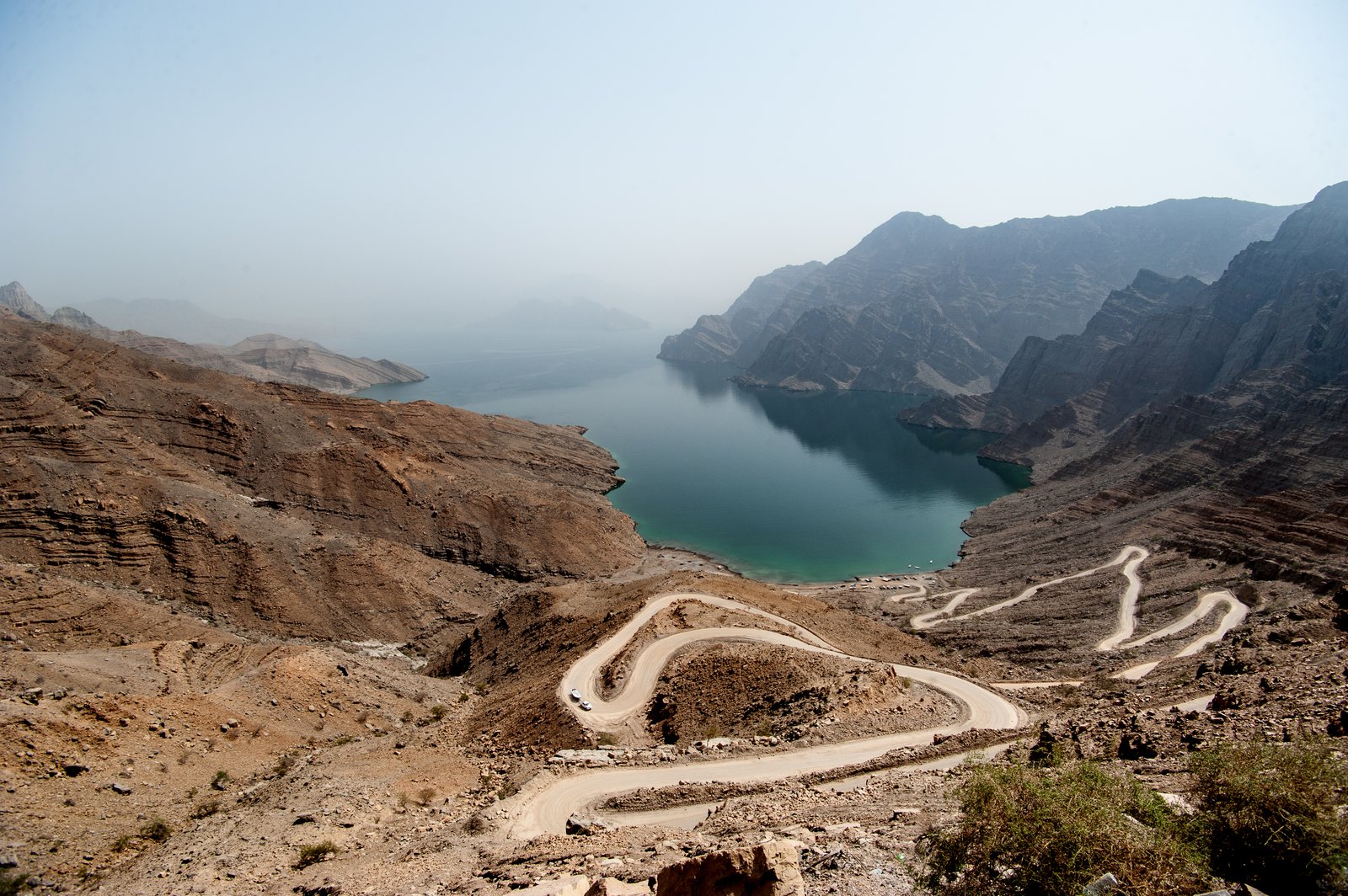Oman coral reef diversity illuminated by collaborative sampling expedition
In 2018 Dr Joseph DiBattista of the Australian Museum’s (AM) Ichthyology department was fortunate enough to secure a grant from the Council for Australian-Arab Relations (CAAR) under the Department of Foreign Affairs and Trade (DFAT) to promote scientific partnership between the two regions. The collaboration between three institutions, the Australian Museum (AM), Sultan Qaboos University in Oman and Curtin University, endeavoured to use innovative technology to characterise fish diversity at several sites in Oman in the Middle East.

The field team conduct an on-site risk assessment prior to SCUBA diving at their coral reef survey site in Mirbat, Oman.
Image: Mark Priest© Mark Priest
The coastline of Oman supports a unique environment where the vast sandy desert greets the splendid emerald waters of the Arabian Sea. Two sites, to the north and to the south of Oman, were the focus of the expedition. Between June and September the Dhofar coast to the south of Oman experiences a weather phenomenon known as ‘Khareef’. The Khareef delivers extensive nutrient upwelling which promotes an incredibly productive fish ecosystem. To the north is the Musandam Peninsula, where mountains and fjord-like inlets sprawl into the Sea of Oman.

Field work is often challenging, particularly when the only road to the dive site (near Khasab, Oman) snakes down a 1000 metre pass.
Image: Mark Priest© Mark Priest

Heading toward an isolated sampling site near Fazayat Beach in the southern Dhofar region of Oman.
Image: Tane Sinclair-Taylor© Tane Sinclair-Taylor
Joey and his team collected fish specimens along with seawater samples at these two sites. Back at the AM seawater samples were analysed for environmental DNA (eDNA) using metabarcoding. eDNA metabarcoding is an advanced molecular technique used to determine the biological diversity of specimens in a seawater sample. By analysing trace amounts of DNA in the water column it provides a census of all organisms that have recently been in the vicinity. It is particularly useful in characterising cryptobenthic fish species or those that hide on the seafloor and throughout the reef structure. The use of this technology is crucial in providing a comprehensive characterisation of fish diversity in these areas.

Dr Joseph DiBattista collects sediment from a shallow coral reef in Mirbat, Oman for an eDNA study.
Image: Tane Sinclair-Taylor© Tane Sinclair-Taylor

Dr Joseph DiBattista filters seawater in Oman to isolate the DNA that a number of fish species leave behind; a new technique known as eDNA metabarcoding.
Image: Tane Sinclair-Taylor© Tane Sinclair-Taylor
The AM is at the forefront of developing and implementing novel and innovative technological advances like eDNA for use in taxonomy, biodiversity and conservation science. This, along with AMs scientific capacity, is invaluable in building partnerships with other nations and proves a powerful tool in diplomacy. Equally as important is the engagement of the Australian public in tax funded science as well as ensuring research has a global reach to facilitate collaboration.
Emma Flannery (Science Communication AMRI)

